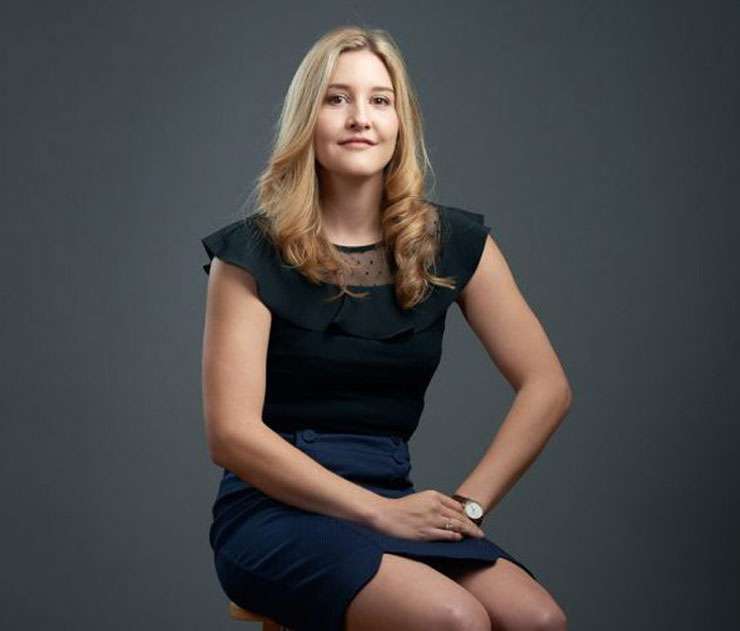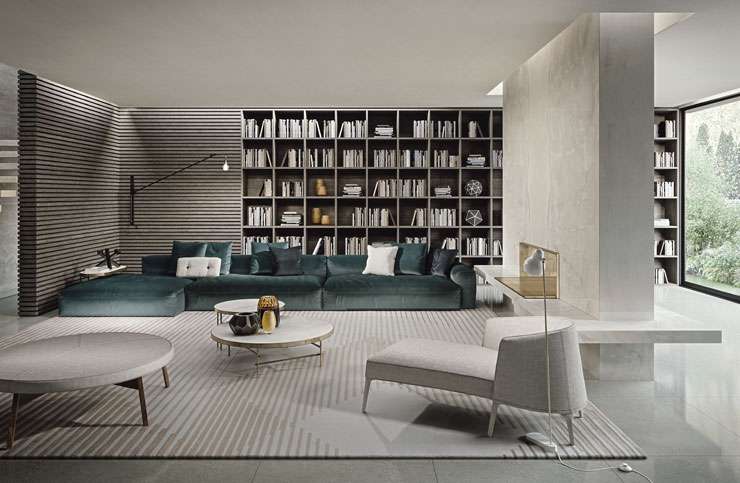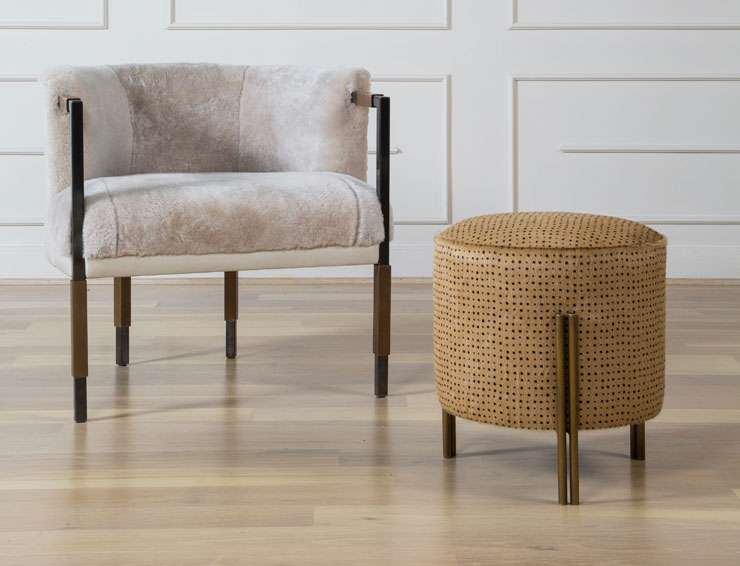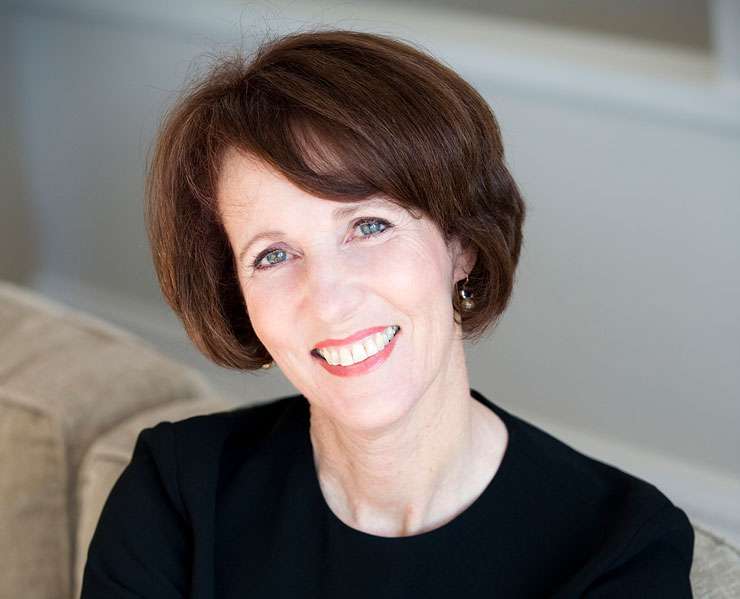If you’re buying or building a mansion, money is probably no object – particularly when it comes to interiors.
But just because you have money doesn’t mean you know how to style and make sense of what can seem like an endless amount of space. Where should you hang your original Picassos and store your collection of Fabergé eggs?
READ MORE: Find out if your suburb is rising or falling
That’s where interior designers make their mark, helping the wealthy – and the not-so-wealthy – create cohesive, stylish and functioning homes.
Start your property search
Laura Heynike, director of interior design firm Pocketspace Interiors, says her clients often focus on craftsmanship and materials. Typically they want beautiful pieces that tell a story.
“So when someone goes to visit the home or they have a party, one or two of those pieces in their home will catch the eye of someone and create a conversation,” she says.
When it comes to furniture, some clients will already have their own beautifully proportioned pieces or have fixed ideas on what they want in their home. “The client may already have a $20,000 couch that they quite like and don’t need a replacement, but might want a chair to update the space,” Heynike says.

Interior designer Laura Heynike. A big part of her job is curating artwork. Photo / Supplied
Heynike sources furniture from King Living and Matisse, as well as ECC furniture, which features designer labels like the very on-trend Tom Dixon.
Another popular brand at the top end is Woodwrights of Motueka, which makes bespoke furniture. “They're incredible and they do really beautiful handmade dining tables and [other furniture]. So you can really get what you want, [with] quality and consistency. It's definitely something that a high-end client is looking for.”
Recrafting of existing pieces is a growing trend, says Heynike. The client may have a classic chair, for example, but not like the way the headrest was fixed.
“They might choose to recraft it so it can fold down. You can still walk into the room and say ‘oh that's this chair’. But it's a little bit more exclusive because it's a limited edition and your guests haven't seen that variation before.”

A stylish interior furnished with pieces from Italian design firm Frigerio. Photo / Supplied
A big part of her job, says Heynike, is curating artwork.
Clients may have existing artwork but might want additional pieces for the walls of their new home to complement the space and the furniture. A favourite of Heynike’s is the Parnell Gallery. She also uses Mobile Art, which leases art. “It’s like an ever-changing gallery,” she says.
Debbie Cavit, founder of interior designer firm Cavit+Co, says international names are hot right now and the hottest is American Kelly Wearstler.

The hot piece at the moment - a chair designed by Kelly Wearstler. Photo / Supplied
Dubbed “the presiding grande dame of West Coast interior design” by The New Yorker, Wearstler is a designer who, in her own words, offers contemporary sophistication and wit, with a nod to the past and a wink at the future.
She’s on the front of every magazine, says Cavit, and many a luxury homeowner wants her work.
“A Wearstler chair doesn’t instantly look like a chair. It's a very specific look. Fabulous for people who have got the confidence to go the whole hog. Other furniture manufacturers are now copying that eye-catching, artistic form.”

Cavit+Co founder Debbie Cavit: "Even in Australia, people will spend a lot more money on furnishings than they tend to here.” Photo / Supplied
Cavit has also seen a move away from the mid-century look, which is one of the reasons that Wearstler is becoming so popular.
Other designers popular with the top end of the market include Boca Do Lobo and the enduring work of Barbara Barry, who appeals to clients with more classic tastes.
Cavit says the luxury market in New Zealand is different in its approach to spending money on interior design. Overseas there is a common formula where a percentage of the cost of the house is put aside for furniture.
“In America and Canada, they would say for a luxury home you've got to spend between 15 and 18% of the purchase value on furniture. If someone spends $5 million on a home, they would be spending almost up to a million dollars on furniture,” she says.
“In Europe, if you went to an architect and they asked, ‘Well how much do you want to spend on your home?’ and you said €1 million, they would think, ‘OK, you’re spending €800,000 on the structure and €200,000 on furnishing’.”
Kiwis typically are more resistant to spending big amounts on furniture, says Cavit.
“I think it’s because overseas people buy homes and live in them much longer. Here a lot of people will buy a home and think, ‘Oh, this will be for five years’, so maybe they don't invest what they ultimately should to maximize the experience of living in a lovely home. It is something I lament constantly. Even in Australia, people will spend a lot more money on furnishings than they tend to here.”









































































